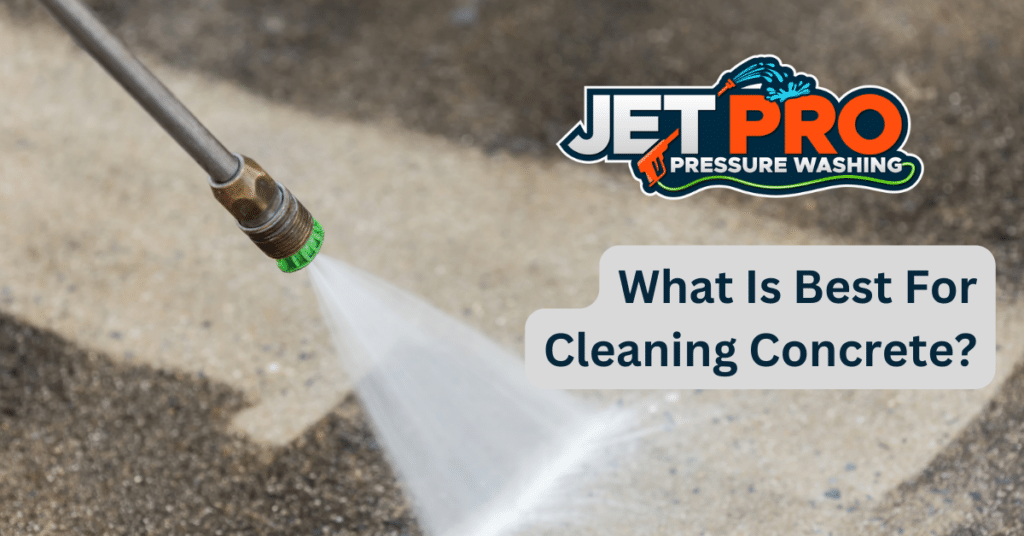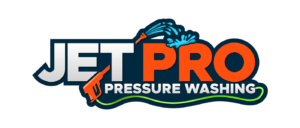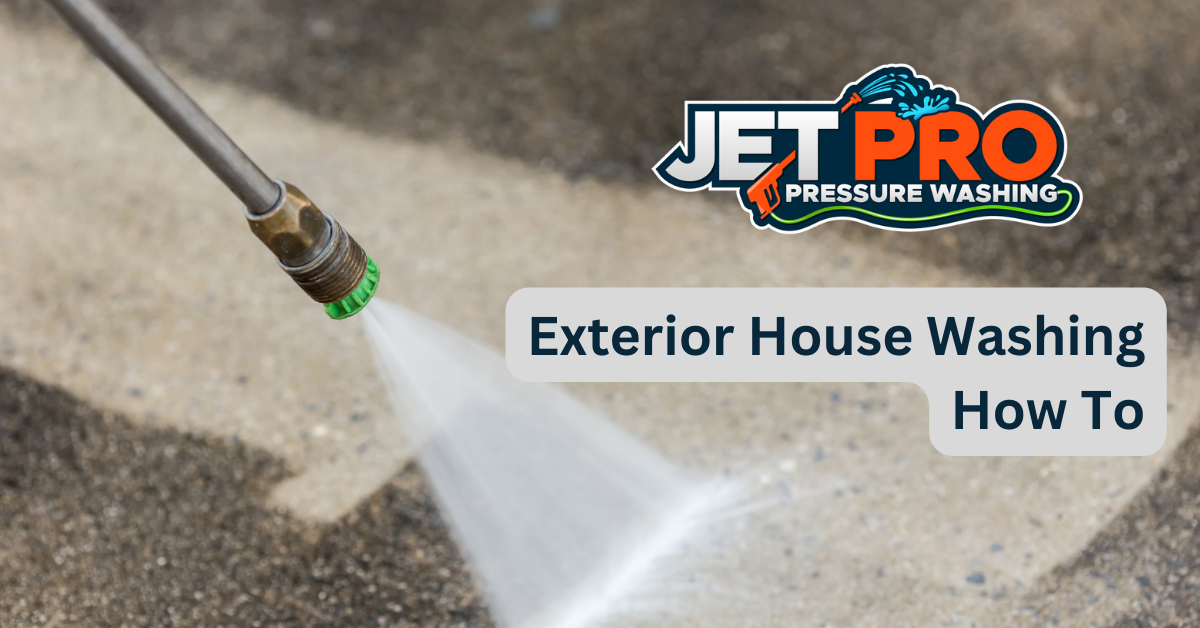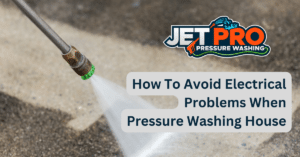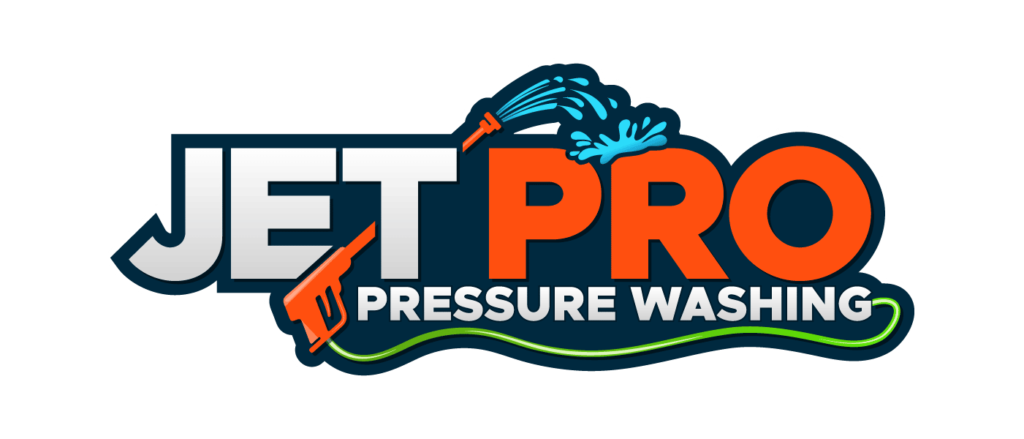When it comes to cleaning concrete, there are many options to choose from. To determine the best method for your specific project, it’s important to consider the intended use of the concrete and its current condition. Hiring a experienced concrete cleaning service can provide you with expert advice and techniques to ensure a thorough and effective cleaning. Pressure washing, chemical cleaners, mechanical scrubbing, acid washing, and natural cleaners are all effective methods, but their effectiveness will vary depending on the situation. If you’re looking to clean a concrete floor, you may want to check out our guide on how to charge for concrete floor cleaning. And if you’re wondering how many PSI is best for cleaning a concrete driveway, we’ve got you covered. Looking for more information on window cleaning? Check out our article on the benefits of professional window cleaning.
Pressure Washing
Pressure washing is a process of forcibly propelling a stream of water against a surface in order to remove dirt and debris. This technique is often used to clean concrete surfaces such as driveways, sidewalks, and patios.
Pressure washing works by using specialized cleaning solutions and highly pressurized water to break down dirt, grime, and other unwanted materials from the concrete surface. This method is considered superior to traditional scrubbing alone because it offers a much more efficient and effective way to clean away stubborn dirt and debris.
Pressure washing is a safe and effective way to clean concrete surfaces without damaging them. This method is often used to prepare concrete for painting, sealing, or staining. Pressure washing can also restore the original color of concrete surfaces that have become faded due to age or weathering. Additionally, pressure washing is often used to remove graffiti, algae, and other types of stains from concrete surfaces.
Pressure washing is an economical and efficient way to clean concrete surfaces without the use of harsh chemicals or abrasives. It is important to note that the pressure of the water should be adjusted according to the type of surface being cleaned, as using too much pressure can cause damage to the concrete. Furthermore, it is essential to use a cleaning solution designed specifically for the job in order to ensure that the desired results are achieved.
Chemical Cleaners
Chemical cleaners may offer a variety of options for removing dirt and grime from concrete surfaces, in coincidence with other methods. For those looking to tackle tough stains, chemical cleaners are an ideal choice. They can be used on a variety of concrete surfaces, and can be found in both liquid and powder form.
Chemical cleaners penetrate deep into the surface of the concrete, making them a great choice for removing tough, built-up dirt and grime. When using chemical cleaners, it is important to follow the directions on the label carefully. Generally, the product should be applied to the surface of the concrete, allowed to sit for a period of time, then rinsed off with water.
It is also important to wear appropriate safety gear such as gloves and goggles to protect the eyes and skin from the harsh chemicals. Chemical cleaners are a great way to keep concrete surfaces clean and free from dirt and grime, but it is important to use them properly. When used correctly, they can provide a powerful cleaning solution that can help keep concrete surfaces looking clean and bright.
Mechanical Scrubbing
Mechanical scrubbing is an effective method of removing dirt and grime from concrete surfaces, providing a deep and thorough clean. This method involves the use of a rotary scrubber, which is a machine with a spinning head that is equipped with brushes that are used to agitate the dirt and grime. The scrubber is then connected to a vacuum system that sucks up the dirt and grime and deposits it into a collection container. This is an efficient and cost-effective way of cleaning concrete.
The use of a rotary scrubber is a good way to clean up tough stains or spills on concrete surfaces. The spinning brushes can help to loosen and remove the dirt and grime, leaving the surface clean and free of debris. The vacuum system can be adjusted to the right setting to ensure that all dirt and grime is removed. This makes mechanical scrubbing an ideal solution for cleaning up spills and stains.
Mechanical scrubbing is also a great way to restore the original look and feel of concrete surfaces. The scrubbing motion can help to remove built-up dirt and grime and restore the surface to its former glory. It is also a great way to protect concrete surfaces from further damage and help to extend its lifespan.
Acid Washing
Utilizing the method of acid washing, surfaces can be cleansed of built-up dirt and grime, resulting in a dramatic transformation. Acid washing is a process that involves the use of a mild acid-based solution to remove dirt and stains from concrete surfaces. This method is especially well-suited for concrete surfaces that have been exposed to the elements for long periods of time, as it is effective at removing rust, dirt, and even graffiti.
Acid washing also helps to restore the color of the concrete, and can even help to improve the overall appearance of the concrete surface. The acid used in this process is usually a combination of hydrochloric and phosphoric acid, which is diluted in water. The solution is then applied to the surface of the concrete and allowed to sit for a few minutes.
After the solution has had time to work, it is then rinsed off with a pressure washer, and the dirt and stains are removed. In addition to removing dirt and stains, the acid used in this process also helps to etch the surface of the concrete, making it easier to clean in the future.
Acid washing is a relatively simple process, and can be done in a relatively short amount of time. It is important to note, however, that acid washing should only be done by professionals, as it can be destructive to the concrete surface if not done correctly. If done correctly, however, acid washing can help to restore the original beauty of concrete surfaces, and help to protect them from further damage.
Natural Cleaners
Natural cleaners provide an effective alternative to chemical or mechanical cleaning methods for concrete surfaces. These include using baking soda, vinegar, and lemon juice, which work to remove mildew, dirt, and other surface deposits.
Baking soda is an alkaline cleaner, so it is ideal for removing grease and oil from concrete. Vinegar is acidic and can be used to remove tough stains. Lemon juice can be used to lighten any discoloration or age spots. All these natural cleaners are safe to use on concrete and can be combined to create a stronger cleaning solution.
When using natural cleaners on concrete, it is important to take the necessary safety precautions. This includes wearing protective gear such as gloves, long pants, and a face mask. It is also important to use a low-pressure sprayer or a soft-bristled brush to avoid damaging the concrete. The cleaner should also be allowed to sit on the surface for a few minutes before being rinsed off with cold water.
Natural cleaners can be used for regular maintenance of concrete surfaces or to restore discolored or stained concrete. These cleaners are also much more affordable than chemical cleaners, making them a great choice for those on a budget. They are also environmentally friendly and can be used without the worry of harsh chemical residue. Using natural cleaners on concrete can leave it looking like new.
Frequently Asked Questions
How long does it take to clean concrete?
Cleaning concrete can be a time-consuming process, depending on the size and type of the surface. Generally, it can take anywhere from a few hours to a few days to thoroughly clean a concrete surface. This requires the use of specialized cleaning solutions and equipment to remove dirt, debris, and other contaminants.
Additionally, it may be necessary to use pressure washing and scrubbing to ensure a thorough cleaning.
What is the cost of cleaning concrete?
The cost of cleaning concrete depends on the size of the area, the extent of the cleaning required, and the location of the property. Generally speaking, the average cost of cleaning concrete can range from $500 to $1,500, with the majority of jobs costing around $1,000.
This cost can be higher when special techniques like acid etching are used. Additionally, it is important to note that cleaning concrete is a labor-intensive job and hiring a professional to do the job correctly is essential.
What safety precautions should be taken when cleaning concrete?
When cleaning concrete, it is important to take safety precautions to ensure the safety of the people involved in the task.
Appropriate protective gear such as gloves, eye protection, and masks should be worn to prevent contact with any hazardous materials that may be present.
Additionally, any power tools used should be handled with caution, and all instructions should be followed as per the manufacturer’s guidelines.
It is also important to ensure that the cleaning area is well ventilated and that any cleaning solutions used are suitable for the type of concrete being cleaned.
How often should concrete be cleaned?
Concrete is a material that requires regular maintenance to keep it looking good and to prevent it from becoming damaged.
When it comes to cleaning concrete, the frequency of the cleaning sessions depends on the amount of traffic the surface receives.
For instance, a sidewalk that sees a lot of foot traffic on a daily basis should be cleaned more often than a patio that is rarely used.
Moreover, a driveway that is exposed to the elements needs to be cleaned on a regular basis to prevent the build-up of dirt, grime, and other debris.
Therefore, the best way to keep your concrete surfaces looking clean and in good condition is to clean them regularly.
Are there any environmental impacts associated with cleaning concrete?
When cleaning concrete, there are several environmental impacts to consider. The cleaning process can cause air pollution due to the release of dust particles, and water pollution due to runoff from the cleaning solution. Additionally, the process can be quite energy intensive if mechanical scrubbers, pressure washers, or other powered cleaning tools are used.
In order to reduce these environmental impacts, it is important to take precautions such as using non-toxic cleaning solutions, reducing water usage and ensuring runoff is managed correctly.
Conclusion
The use of pressure washing, chemical cleaners, mechanical scrubbing, and acid washing are all effective ways to clean concrete. Each method provides a unique solution for different types of dirt and grime.
For instance, pressure washing is best for removing dirt, mud, and loose paint, while acid washing is better for deep stains and grime. Natural cleaners are also an option, but may require more elbow grease and time to achieve the desired results.
One example of the power of these cleaning methods is when a family had an old, neglected concrete driveway that was covered in mud, oil stains, and weeds. After pressure washing the driveway, it was restored to its original beauty. The family was amazed at the transformation and felt that their house had been given a facelift.
Cleaning concrete can be a daunting task, but with the right knowledge and tools, you can tackle any job. Pressure washing, chemical cleaners, mechanical scrubbing, acid washing, and natural cleaners are all excellent options. With the right approach, you can easily restore any concrete surface to its former glory.

